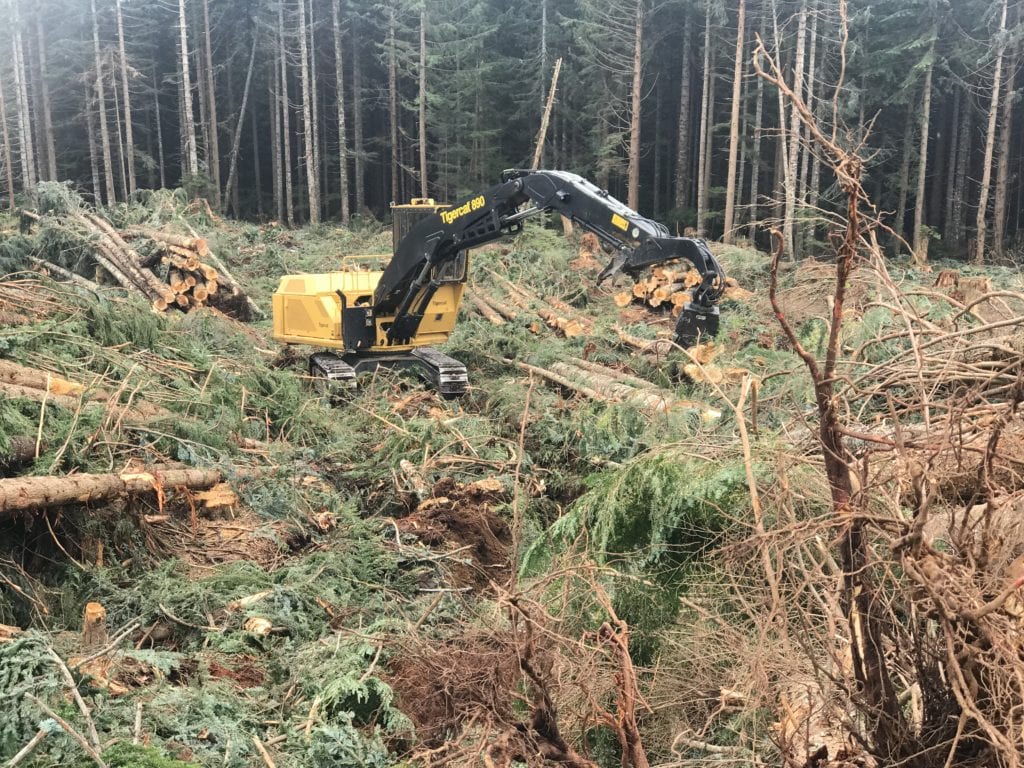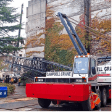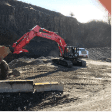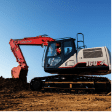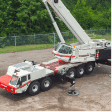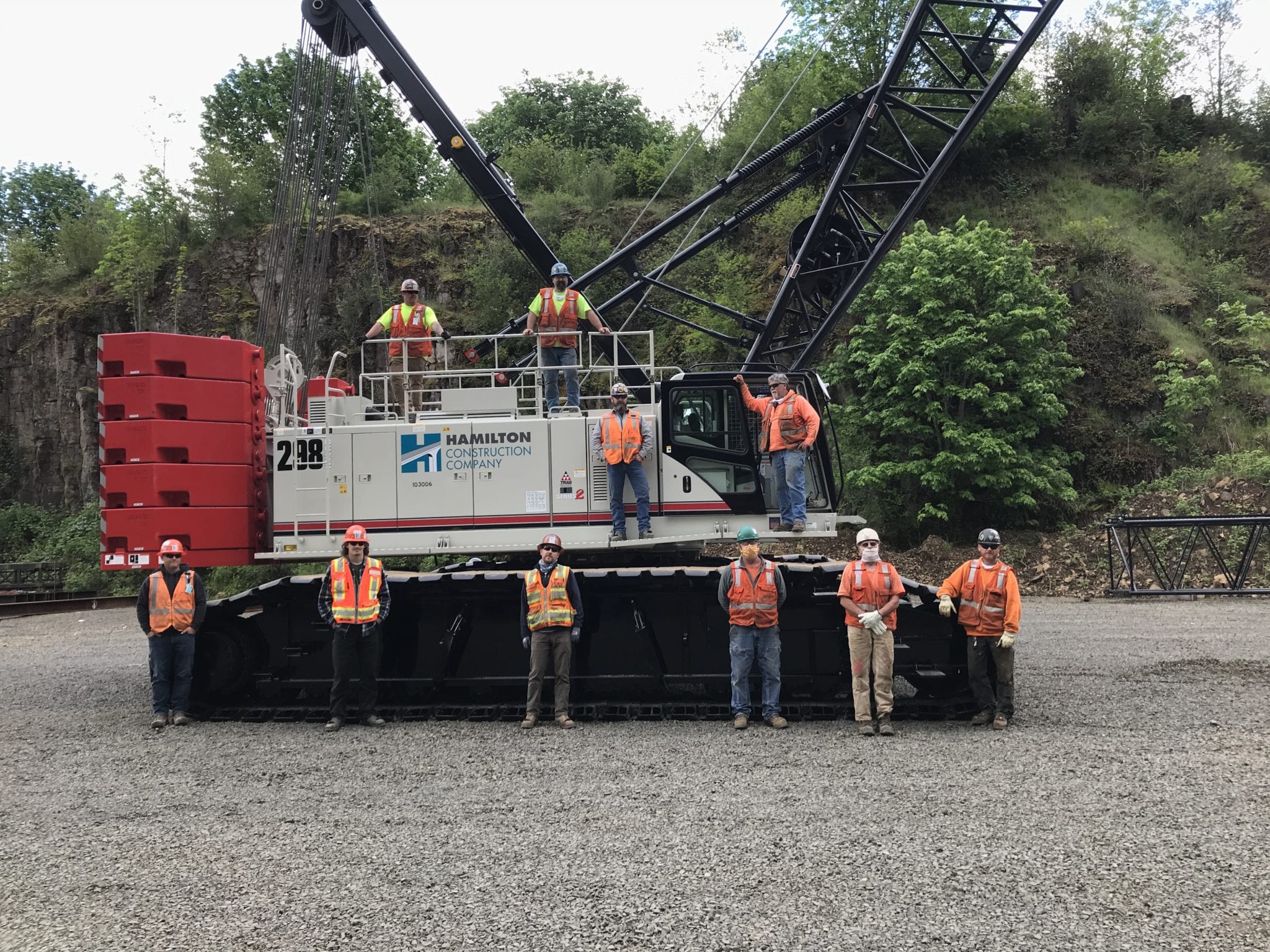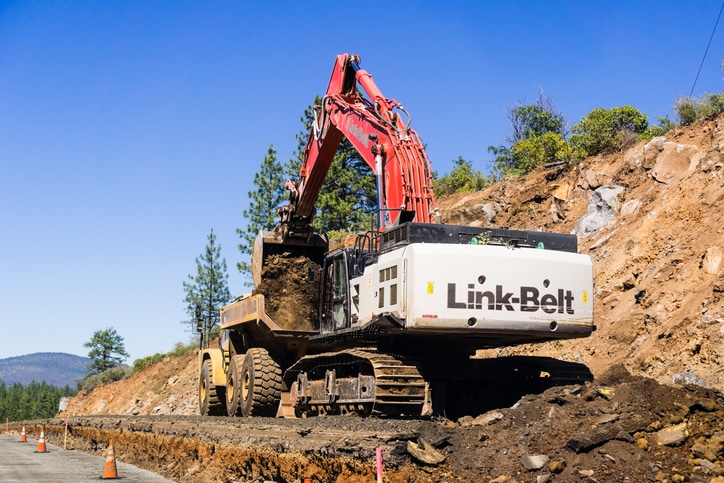Our Tips for Improving Forestry Safety While on the Job
The forestry industry poses a wide range of risks to workers, from machine operators to tree fallers. Some professions in forestry are more hazardous than others, with those involved with the logging process at the top of the list. According to the Bureau of Labor Statistics, 59 workers in the forestry industry died in accidents in 2019.
However, following safety protocols, assuring that professionals are fully trained, and improving upon existing processes can help to reduce dangers found in forestry. It could be a matter of reviewing safety precautions at the start of every day or a complete overhaul of your processes.
Common Factors in Forestry Accidents
Many accidents with injuries or deaths in forestry often fall under one of the following factors:
- Improper Machine Use: Despite improvements in forestry equipment and technology, injuries and deaths can occur for a variety of reasons. Past accidents can involve operators with low visibility of their work zone or distractions that take focus away from operating heavy machinery.
- Lack of Experience: A study by the Timber Harvesting and Transportation Safety Foundation found that nearly 50% of all logging injuries occur to workers with less than one year on the job. Inexperienced operators can struggle with carrying heavy loads or be unfamiliar with safety protocols on the job.
- Fatigue & Discomfort: From more physically demanding positions like fallers and choke setters, to truck drivers and machine operators, exhaustion can play a big role in forestry-related accidents. Additionally, hearing loss from the daily grind of loud machinery is a common health ailment that affects loggers in particular.
- Inclement Weather: Wind, rain, snow, and other weather conditions can significantly contribute to the danger of a work zone. Unstable terrain also poses risks to loggers and machine operators on the job site.
Ways to Improve Forestry Safety
- Proper Training: Through following proper machinery and equipment protocols, managers can ensure that workers are aware of dangerous cutting zones and understand risky conditions to look for when working. Furthermore, adequate training of all members of a logging site works to prevent future accidents.
- Ergonomic Improvements to Equipment: To help combat operator fatigue, a range of potential changes can provide some relief. Improvements can include improving the overall comfort of an operator’s workspace, adding mufflers to reduce excessive noise, and updating machinery with blind-spot sensory technology. Even simpler fixes, such as providing adequate breaks can make a major difference.
- Personal Protective Equipment (PPE): Ensuring that workers are properly equipped with protective gear, such as steel-toed boots with ankle support, hard hats, goggles, and industrial-grade earplugs are a must for following proper forestry safety protocols.
Work With The Pros
Triad Machinery has six locations throughout Oregon and Washington. This means you’re never too far away from the forestry equipment you need, the accessories to make the job more efficient, or service to keep your machines running in tip top shape.
Triad Machinery is the authorized dealer of Link-Belt Forestry, Tigercat Forestry, and T-Mar Forestry Equipment in the Pacific Northwest. We offer the largest inventory of new and used forestry equipment, all of which go through a rigorous inspection process before leaving the facility.
From parts to repairs, sales to maintenance, we have you covered. Our repair trucks are fully outfitted to repair your machinery in the field as well. Find the Triad Machinery location nearest you and give us a call to learn more about our forestry equipment services today.

